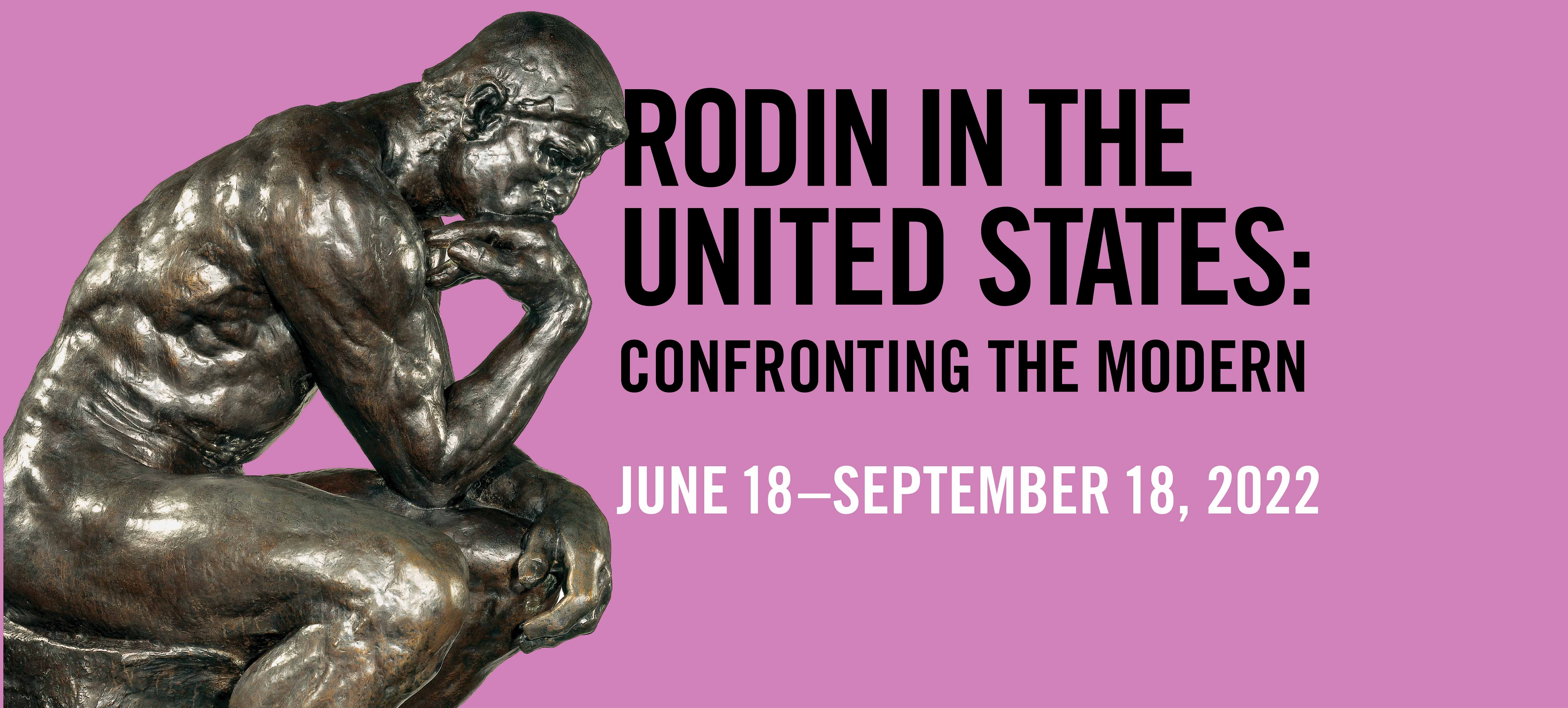The Revival, 1954–Today
 Auguste Rodin (French, 1840–1917), Iris, Messenger of the Gods, original model 1895. Bronze, cast by Alexis Rudier, probably c. 1950. Hirshhorn Museum and Sculpture Garden Collection, Smithsonian Institution, Washington, DC. Gift of Joseph H. Hirshhorn, 1966
Auguste Rodin (French, 1840–1917), Iris, Messenger of the Gods, original model 1895. Bronze, cast by Alexis Rudier, probably c. 1950. Hirshhorn Museum and Sculpture Garden Collection, Smithsonian Institution, Washington, DC. Gift of Joseph H. Hirshhorn, 1966In the 1940s, Rodin’s work fell out of favor with avant-garde artists, critics, and curators. Some museums put their Rodin bronzes and plaster fragments in storage. His abstracted forms and experimental drawings were hidden from public view, unrecognized for their powerful modernism.
Then, in 1954, Alfred Barr, director of the Museum of Modern Art in New York, voiced a desire to add a bronze cast of Rodin’s Monument to Balzac to its collection. Friends of New York gallerist Curt Valentin donated the sculpture in his memory. Barr considered the work “one of the very great sculptures in the entire history of Western art.” From that moment, scholars and critics began a reappraisal of Rodin’s career, culminating in exhibitions and books that championed Rodin’s modernity and made the artist more accessible to the public.
This final section of the exhibition features acquisitions of Rodin sculptures and drawings, both by public institutions and private collectors, from 1954 to the present. The richness and variety on view demonstrates that Rodin’s reputation as an innovative and influential artist is fully established in the United States today.
